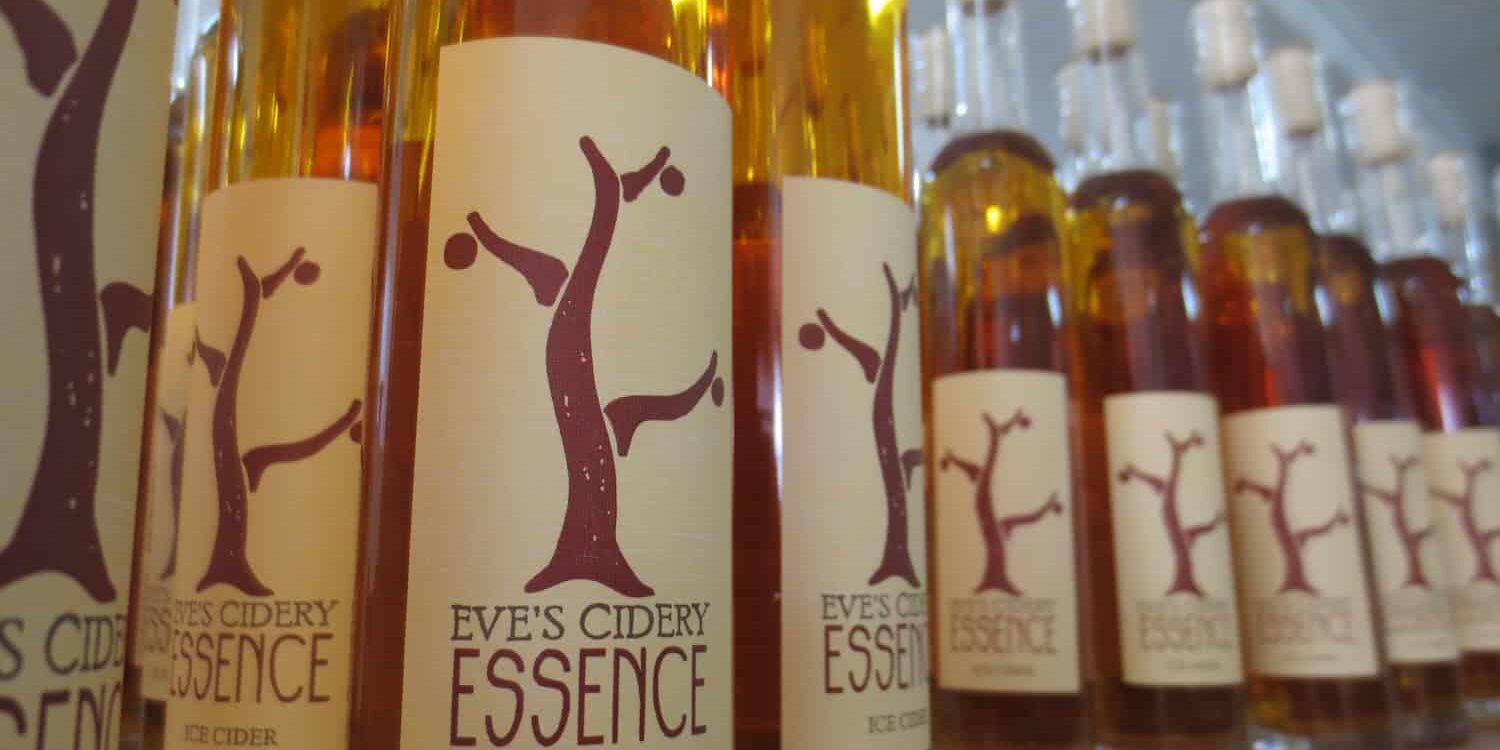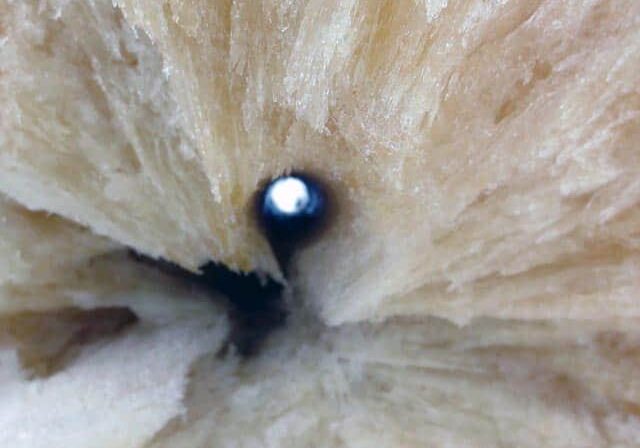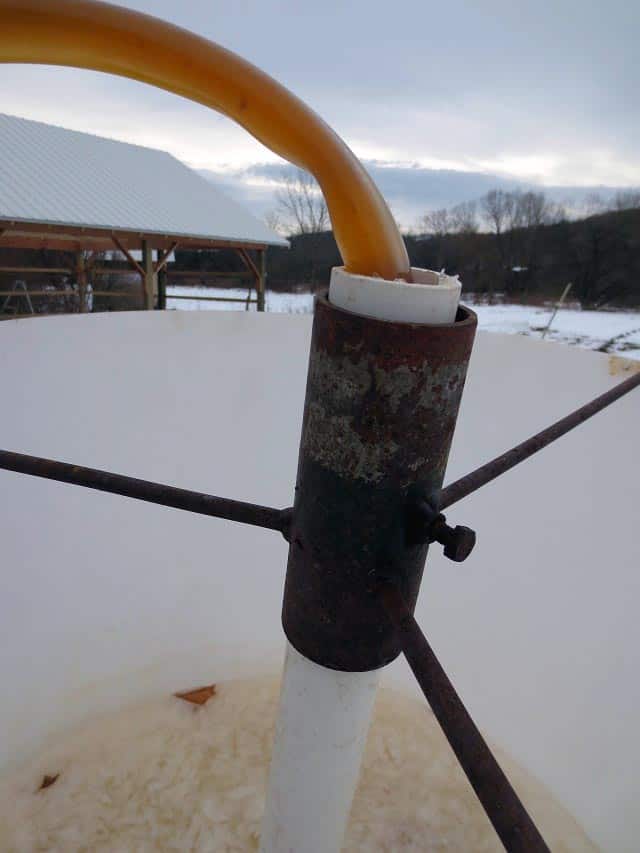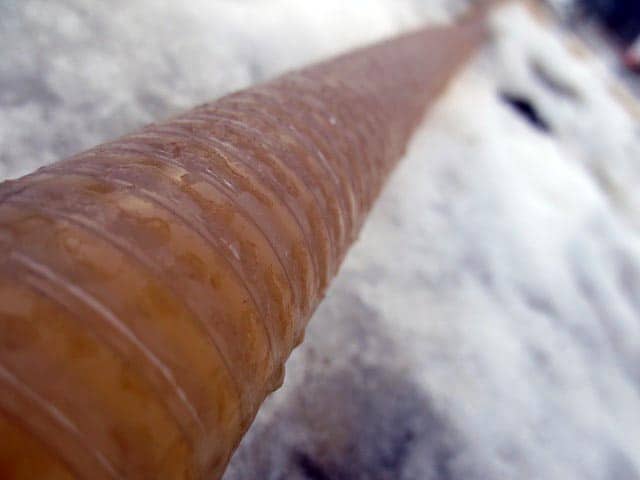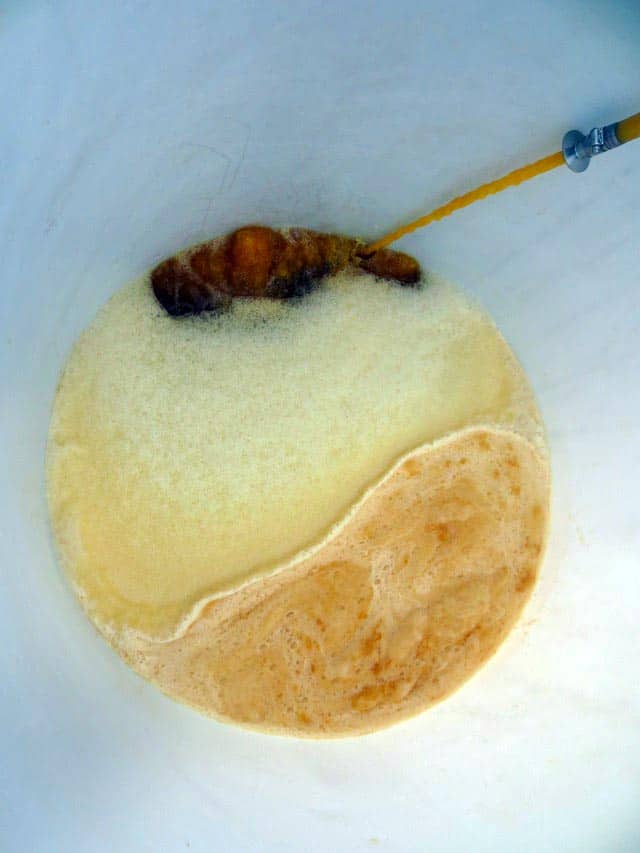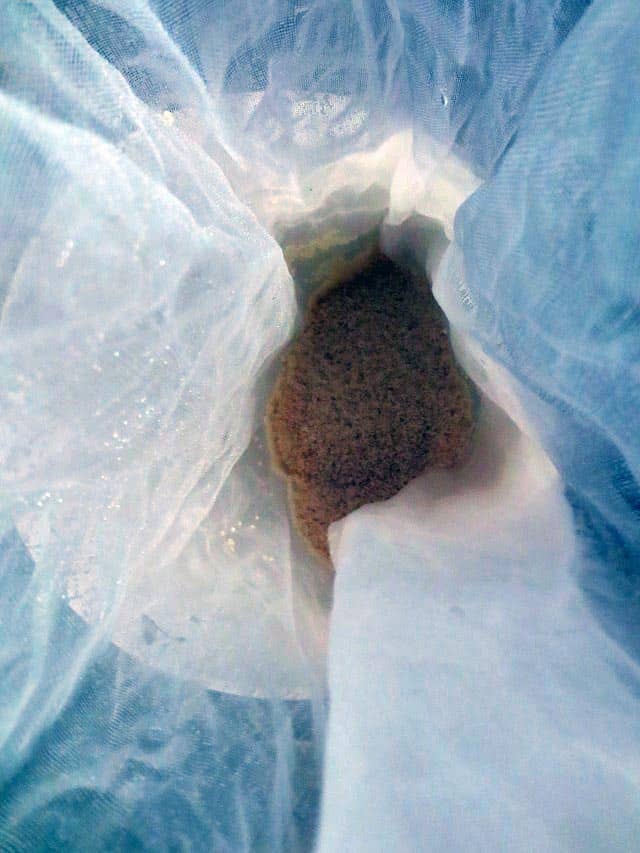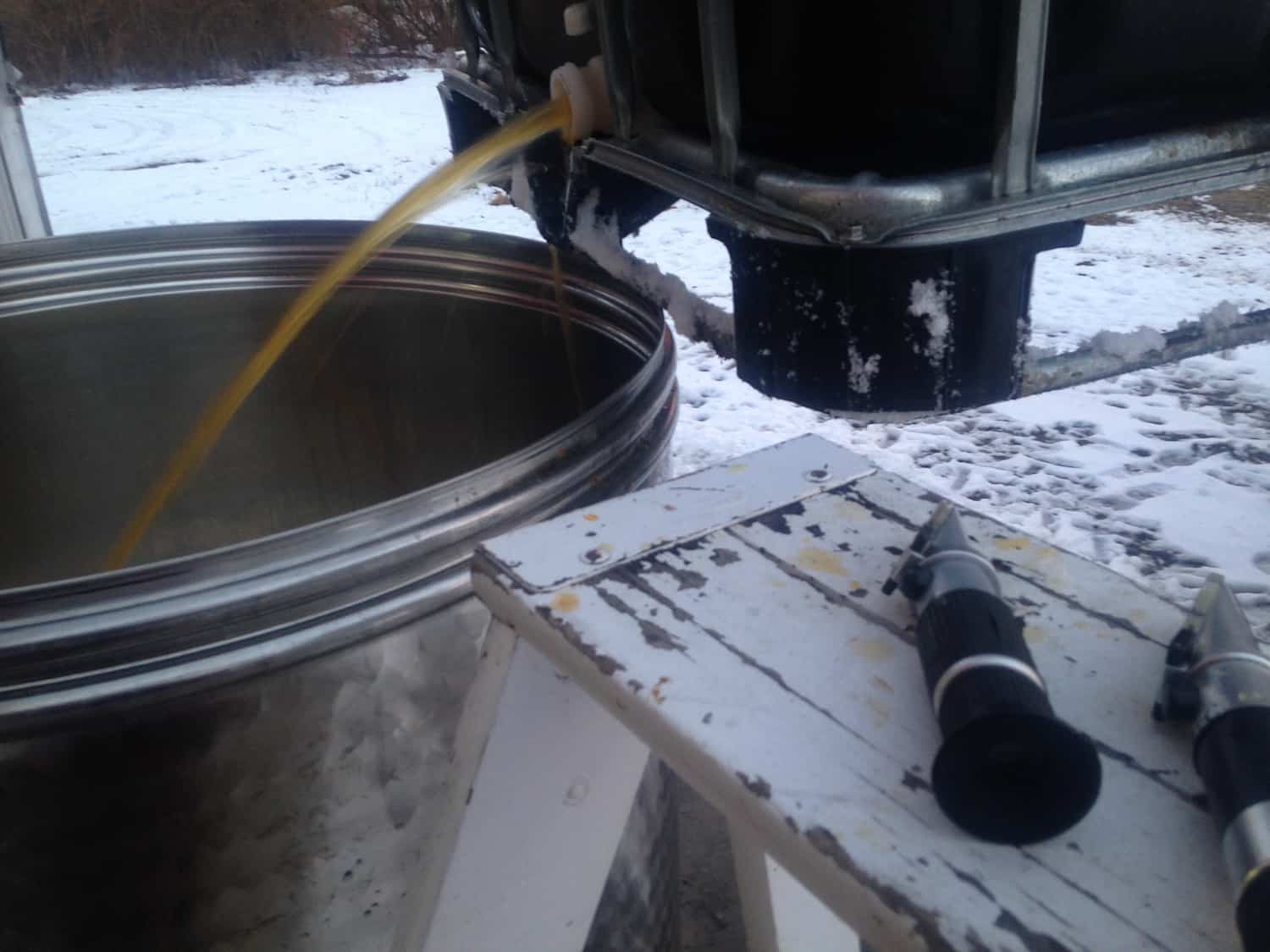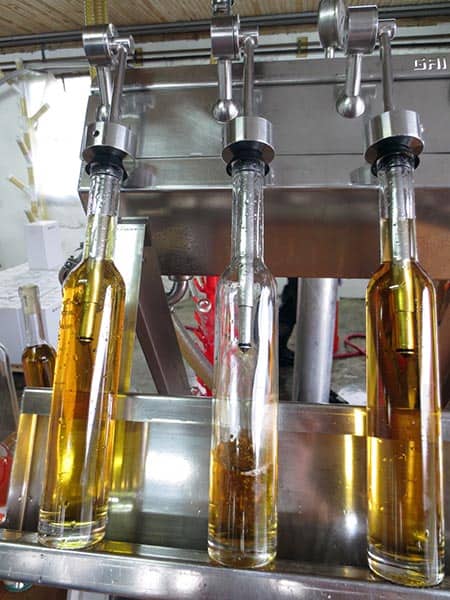Making Ice Cider
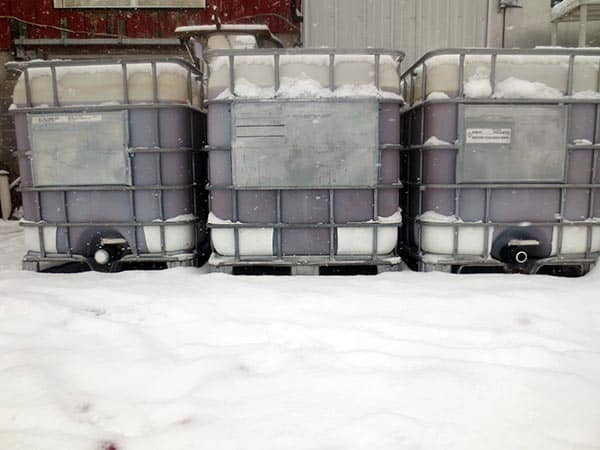
Ice Cider is a naturally sweet, dessert-style cider, made by harnessing the power of cold to concentrate sugars prior to fermentation.
We use a process called cryoconcentration where the juice from late-harvest dessert apples is pressed in in the winter, and allowed to freeze. Here's how it works, in rough detail.
MAKING OUR ICE CIDER
By choosing a relatively warm day (like 34 degrees F) following a very cold period (like several degrees below 0 F), the difference in freezing points for water and sugar is leveraged so that the ice is mostly water and the concentrated juice reaches an average of 32-34 brix. At this point we draw off the juice.
We then bring concentrated juice inside and let it warm to around 49 degrees F.
The high sugar concentration in the juice combined with cool fermentation temperatures makes for difficult conditions for the yeast. The fermentation can be slow; sometimes taking several months. Because of this we use special fresh (not dried) yeast contained in little beads. We suspend the beads in the cider held in a mesh bag which we shake daily to release the C02.
We don’t have a formula for knowing when to stop the fermentation, other than to taste it regularly. For weeks it will taste like fermenting juice. Then suddenly it will be right. The alcohol will be in the 8%-10% range, and residual sugar will be high, around 15%-17%. At this time, we take the bag of yeast out and put the cider back outside to chill and settle. Then we filter it with a DE filter to assure the fermentation doesn’t restart.
After a period of maturation and stabilization we filter and bottle with a simple DIY bottling ‘line’. By this time it is almost always late spring or early summer. The rich sugared caramel flavors, and biting acidity are the only reminders of the cold process that rendered them.
We figure that there is about 30 apples in every bottle, which is why we call it 'Essence'
